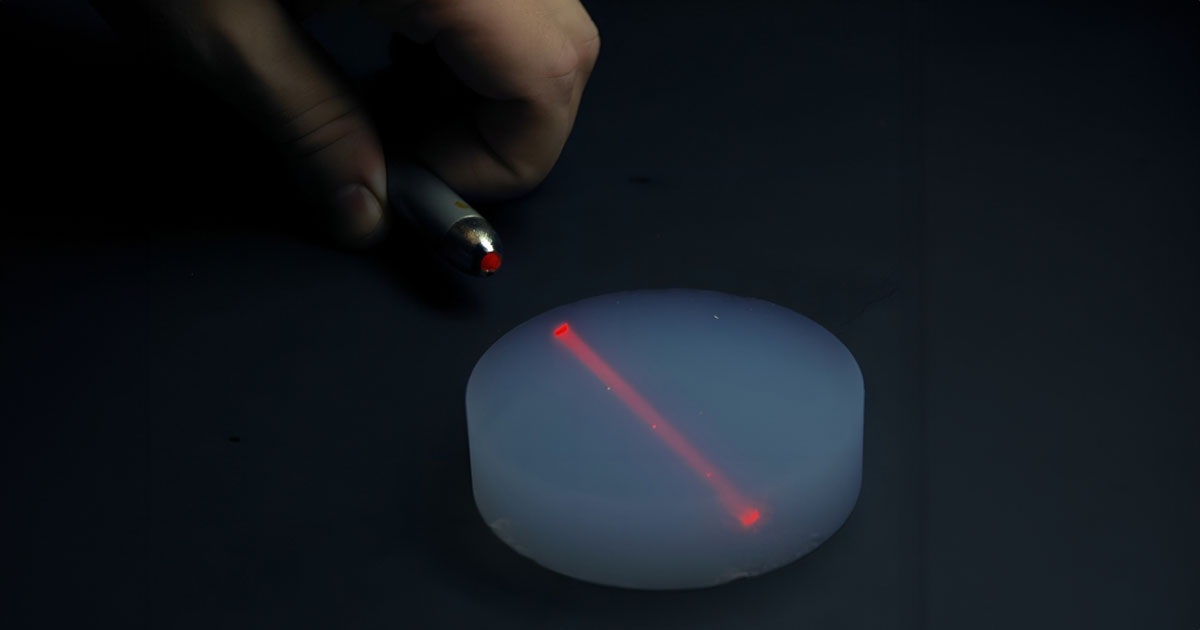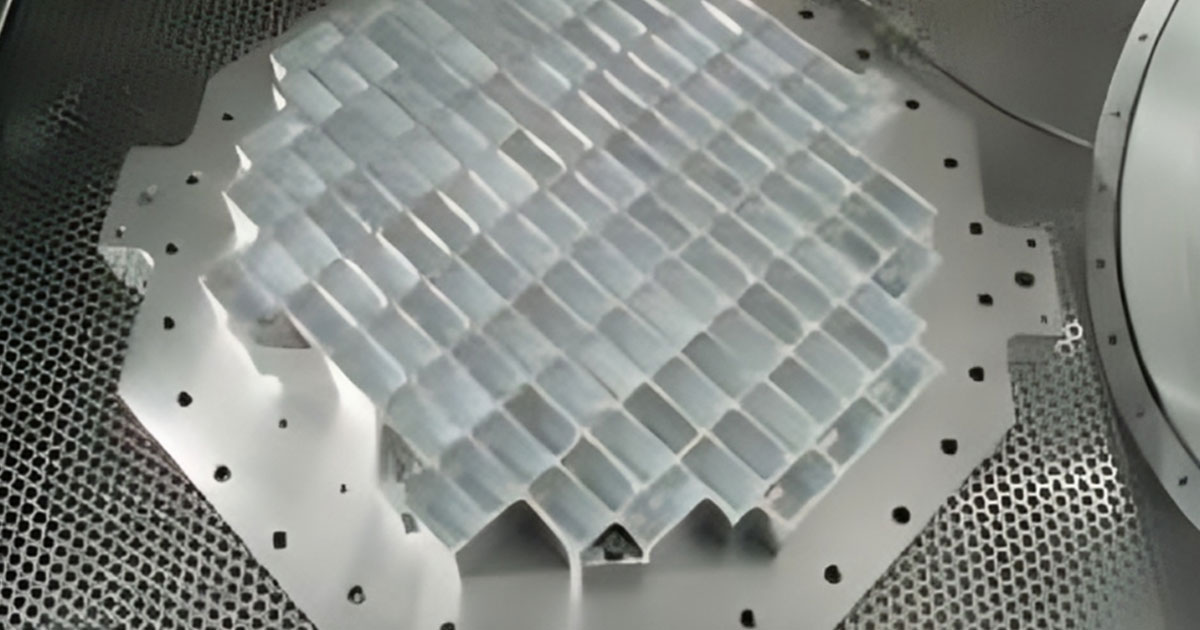The magic of aerogels
By Kiron Kasbekar | 05 Jan 2024

Aerogels, first developed during the 1930s, are some of the lightest known solid materials ever created. They were commercialized during the 1940s. That was a long time ago, but they are still not a widely known substance.
Do you know why? Because they are very expensive – far more expensive than gold! And, therefore, they are not very widely used. But they can be, if their production can be scaled up and their uses encouraged.
Imagine – today some aerogels are available that are lighter than air! What will tomorrow bring if they can be widely used? (See the main article on the history of aerogels.)
So what are aerogels?
Aerogels are extremely light, porous gel-like materials that feel solid and dry to the touch. If you press on them lightly you will not leave a mark, but if you press really hard, they would break like glass. Aerogels made more recently are more durable.

Aerogels are mostly air trapped in a solid but porous structure. They are able to stop heat from moving through them because they don’t conduct heat well. They do not let air to flow inside them either, and that helps with insulation. But they are not good at stopping heat transfer through radiation.
How are they made? You take the liquid out of a gel in such a way as to prevent the structure from collapsing, as would happen when normal drying takes place.
Aerogels can be made from different materials, like silica, polymers, or carbon. Some feel like delicate foam, and others like rigid foam. The first aerogels were made from silica gels, but later on, people used different materials like alumina, chromia, and tin dioxide. They even made carbon aerogels in the late 1980s.

Tough stuff
Imagine a material so light, it floats on air. Yet, despite its wispy appearance, it possesses remarkable strength and insulating properties. That's the magic of aerogels. Composed of a labyrinthine network of tiny particles linked by expansive air gaps, aerogels boast a secret: they're between 90% and 99.8% air!
This extraordinary porosity grants aerogels their superpowers. Like a champion thermal blanket, they impede heat transfer with impressive efficiency. Air conducts heat poorly, and with the microscopic mesh of material hindering the flow through the empty spaces, aerogels effectively stop heat from getting absorbed.
Such a structure has its limitations. For while it blocks conduction and convection of heat, some radiated heat slips through its matrix.
They keep spaces cool
The magic is in the pores: Imagine a block of aerogel as a sponge made of air! Instead of tiny holes in the sponge being filled with water, the block has minuscule air pockets trapped within its solid structure. These pores are so incredibly small, on the scale of nanometers (millionths of a millimeter), that they block heat transfer.
Blocking sunlight: Aerogels are translucent to visible light, meaning sunlight just passes through. So, unlike a dark material that absorbs sunlight and heats up, aerogel reflects most of it away, preventing it from warming the things inside.
Letting heat escape: While blocking sunlight, aerogels are very good at expelling heat radiation. Infrared light, which carries heat energy, can easily escape through the air pockets. So they are like one-way doors for heat; heat (from sunlight) comes in but quickly goes out (to the sky and into space).
Double whammy: This combination of blocking sunlight and radiating heat acts like a double barricade against heat. The space inside the aerogel stays cool even when exposed to harsh sunlight.
Beyond sunlight: This cooling power is not limited to blocking sunlight. Aerogels can also block and radiate heat generated from internal sources, making them effective for keeping electronics cool or preserving food without refrigeration.
Expensive, but very useful!
Installing aerogel, sandwiched between two panes in a window, for example, can be very expensive. The benefit would be the savings in electricity because of insulating the house from external heat or cold.
Imagine buildings that stay cool naturally, without the need for energy-guzzling air conditioners. Aerogel-based insulation can make this a reality, reducing our reliance on fossil fuels and greenhouse gas emissions.
Aerogel’s role in space exploration is far from over. NASA is currently developing advanced aerogels for missions to Mars and beyond, protecting spacecraft and enabling human exploration in extreme environments.

The material’s biocompatible nature and excellent insulation properties hold promise for medical applications in cryogenic storage of organs and tissues, revolutionizing medical research and transplantation.
Read more on aerogels:



















